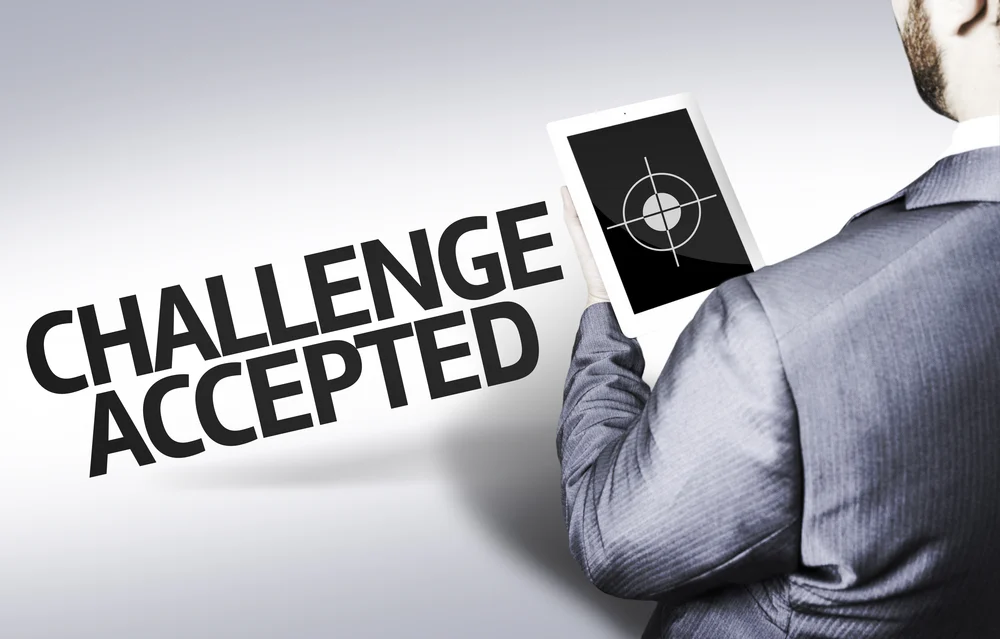Eat That Frog
It’s tempting to complete little or easy tasks first because you can get so many out of the way. Yet so many times I find I’ve spent the whole day doing small, relatively unimportant tasks. Basically, I procrastinate the important jobs because “I will just wash these dishes first”. My house is never as clean as when I’ve got an assignment due and I don’t want to do it.
The weirdly named ‘Eat That Frog’ method, involves tackling the hardest task on your list first. The name, coined by Brian Tracy is actually inspired by a quote attributed to Mark Twain: “If it’s your job to eat a frog, it’s best to do it first thing in the morning. And if it’s your job to eat two frogs, it’s best to eat the biggest one first.”
The theory is if you can complete your most despised task first, then you can achieve anything. This might not be your biggest or most important task; it just has to be that task that you really don’t want to do.
There’s an app for that
Brian Tracy has released an Eat That Frog app on iOS. However, I find if I really want to focus on a disliked task I need to avoid distractions. There are plenty of apps available to block websites, such as StayFocusd internet extension, but I find there are enough distractions on my tablet and phone apps without even opening a web browser. So to reduce the temptation of Facebook and cute cat videos, I use Quality Time. This app allows me to choose the apps I want to have access to in a given situation, and block those that are time wasters. For instance, I have a work, study and family time schedule set up, each one with only the apps I’m allowed to use in those situations.
Getting Things Done
Developed by David Allen, the Getting Things Done consists of five steps: capture, clarify, organize and reflect.
Capture: everything you have to do or sparks your interest, either in physical files of paper or virtually in an app or folders.
Clarify: which of your notes are a task, what’s just for reference and what can be discarded?
Organize: lists of similar tasks or daily and monthly schedules and put action reminders in the right place.
Reflect: on your task lists regularly so you always know what’s coming next. Every week review your lists and reorganize as necessary.
Engage: or, in the immortal words of Shia LaBeouf, “Just do it”. Systematically go through your tasks and get things done.
There’s an app for that
DGT GTD & To-Do List is a great way to implement the Getting Things Done method. I use my own version using Evernote notebooks, but this system works just as well with physical files and paper lists.
Eisenhower Matrix
“What is important is seldom urgent and what is urgent is seldom important.”
Inspired by this quote, commonly attributed to 34th U.S. President Dwight Eisenhower, the Eisenhower Matrix is a way to sort the wheat from the chaff in your task list.
To implement this strategy, you need to break your task list down into four categories: Urgent and Important (do now), Urgent and Not Important (delegate), Not Urgent and Important (do later), Not Urgent and Not Important (delete).
While I don’t think it’s always possible to delete not urgent/not important tasks in your life and not everyone is in the position to be able to delegate, I can see how this technique can help you to focus on the things that matter and as a guide to what you can procrastinate.
There’s an app for that
4.Do is a simple yet effective task list app based on the Eisenhower Matrix. If you want to take your organization and goal setting to the next level, try My Effectiveness. Part task list, part goal setting, part Eisenhower Matrix, this app helps you define your goals and roles allowing you to plan all aspects of your life.
The Seinfeld Method
The rumor has it that Jerry Seinfeld used this technique to ensure he wrote jokes every day. While Seinfeld denies this, this technique can still help you achieve your goals especially if you like a visual representation of your success.
The idea is that you set a goal, say completing two hours of study every day. Then you get a calendar and each time you achieve your goal you put a big cross on a date on the calendar. The ongoing chain of X’s is meant to keep you motivated. This is a great idea but it is important to keep your goals achievable and start small. If you can’t manage to meet your target at least three times a week, you’ll lose motivation pretty quickly.
There’s an app for that
If you like the idea of creating a visual reminder that you are achieving your goals but don’t want to use a paper calendar, why not try Wonderful Day. Add items to a task list and every day you achieve all your tasks a green dot appears on the calendar. A red dot appears on those days you didn’t finish everything on your list. To ensure you stay motivated and create good habits, I would suggest only adding one task at a time. This way you can wait until your first habit is formed before moving on to the next goal.
Pomodoro Technique
Developed by entrepreneur Francesco Cirillo as a study method while he was in college. Named in honor of the tomato-shaped timer he used to keep motivated (pomodoro means tomato in Italian). The Pomodoro Technique can help you stay productive, keep track of the time you spend on tasks AND create a list you can mark off as a visual reminder of your achievements.
The technique involves focusing on one task for 25-minute burst without interruption and then taking 5 minutes break. Every four pomodoros (time periods) take a 15-minute break. You can adjust the times as suits you best. This is a great method, not just for the short bursts of intense focus without distraction but also for the regular breaks it forces you to have. These lead to improved concentration and motivation for the task at hand.
There’s an app for that
Pomodoro Timer Lite is a great free app to help you implement the Pomodoro technique and, if you want to take it further, the paid pro version allows you to keep a handy list of tasks. For a free version that combines a Pomodoro timer and a simple but effective task list try Pomotodo.
It’s been interesting trying out all these different productivity techniques. I realized I already use a version of Getting Things Done, but need to implement a stricter schedule of reviewing my task lists every week to ensure I’m on track. I’ve now combined this with the Pomodoro Technique, to see if I can stick to a better study schedule and postpone my procrastination.
Do you have a method you use to keep focused when it’s time to study? Let me know on the Career Spotlight with CCI Training Facebook group. В













